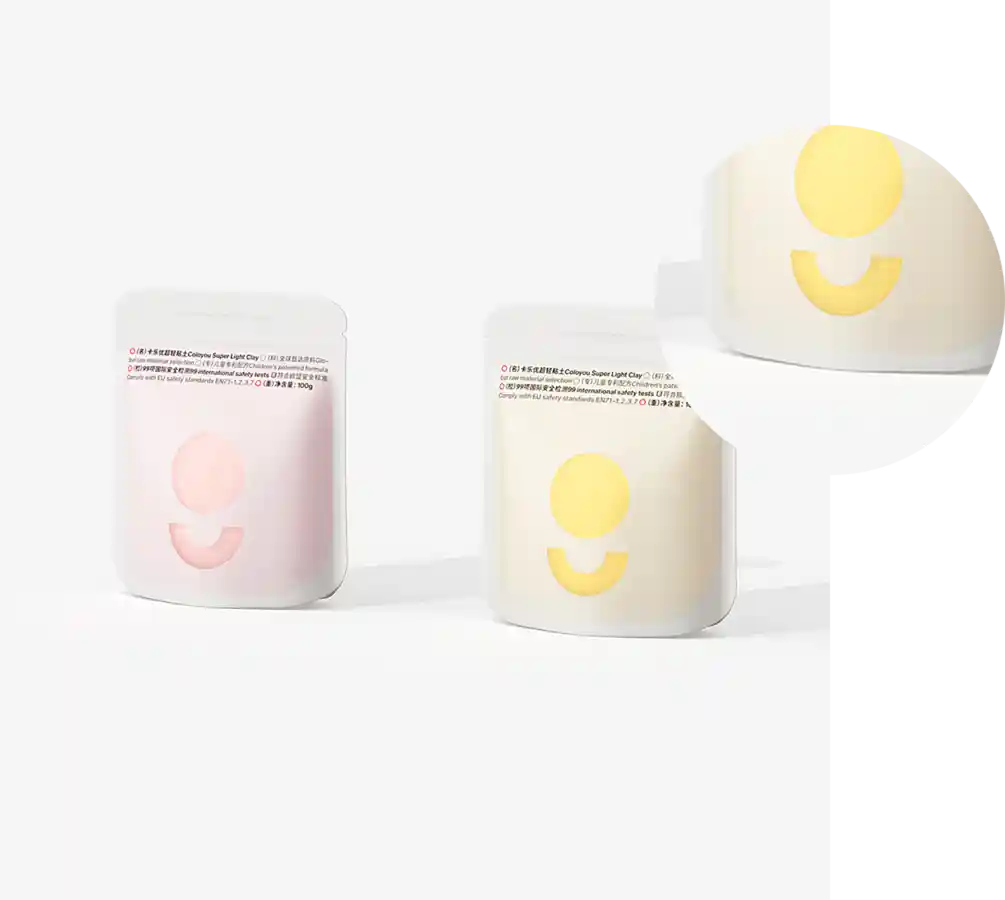- Afrikaans
- Albanian
- Amharic
- Arabic
- Armenian
- Azerbaijani
- Basque
- Belarusian
- Bengali
- Bosnian
- Bulgarian
- Catalan
- Cebuano
- chinese_simplified
- chinese_traditional
- Corsican
- Croatian
- Czech
- Danish
- Dutch
- English
- Esperanto
- Estonian
- Finnish
- French
- Frisian
- Galician
- Georgian
- German
- Greek
- Gujarati
- haitian_creole
- hausa
- hawaiian
- Hebrew
- Hindi
- Miao
- Hungarian
- Icelandic
- igbo
- Indonesian
- irish
- Italian
- Japanese
- Javanese
- Kannada
- kazakh
- Khmer
- Rwandese
- Korean
- Kurdish
- Kyrgyz
- Lao
- Latin
- Latvian
- Lithuanian
- Luxembourgish
- Macedonian
- Malgashi
- Malay
- Malayalam
- Maltese
- Maori
- Marathi
- Mongolian
- Myanmar
- Nepali
- Norwegian
- Norwegian
- Occitan
- Pashto
- Persian
- Polish
- Portuguese
- Punjabi
- Romanian
- Russian
- Samoan
- scottish-gaelic
- Serbian
- Sesotho
- Shona
- Sindhi
- Sinhala
- Slovak
- Slovenian
- Somali
- Spanish
- Sundanese
- Swahili
- Swedish
- Tagalog
- Tajik
- Tamil
- Tatar
- Telugu
- Thai
- Turkish
- Turkmen
- Ukrainian
- Urdu
- Uighur
- Uzbek
- Vietnamese
- Welsh
- Bantu
- Yiddish
- Yoruba
- Zulu
Sustainable Alternatives to Traditional Plastic Wrap for Food Preservation
Edible Plastic Wrap The Future of Sustainable Packaging
In an era characterized by increasing environmental consciousness, the quest for sustainable solutions is more pressing than ever. One such innovative solution gaining traction is edible plastic wrap. This novel approach to food packaging not only addresses the concerns surrounding traditional plastic waste but also aligns with the growing trend towards sustainability and health-conscious living.
Understanding Edible Plastic Wrap
Edible plastic wrap is an astonishingly inventive concept that merges functionality with sustainability. Made primarily from natural food-grade ingredients, such as seaweed, rice, or milk proteins, this type of wrap is designed to not only protect and preserve food but also to be consumed alongside it. Depending on its formulation, it can come in various flavors and textures, making it a versatile addition to the culinary world.
The wrap serves multiple purposes; it can keep food fresh, reduce spoilage, and minimize mess while allowing consumers to eat every part of their meal - including the packaging. This transformative aspect can significantly reduce food waste, which is an enormous component of environmental degradation. According to the Food and Agriculture Organization (FAO), approximately one-third of all food produced globally is wasted. Edible packaging has the potential to combat this issue effectively.
Environmental Benefits
Traditional plastic wraps are notorious for their harmful impact on the environment. They are typically made from polyethylene, which can take hundreds of years to decompose. In contrast, edible wraps break down naturally in the environment and do not contribute to plastic pollution. The production of edible plastic wrap also tends to be less resource-intensive, utilizing renewable materials and less energy than conventional plastics.
Furthermore, the ability to consume the packaging opens up new avenues for waste reduction. Instead of contributing to landfills, consumers can finish every bite – including the packaging – leading to less trash and a smaller ecological footprint. This characteristic makes edible wraps especially appealing to eco-conscious consumers seeking to minimize their environmental impact.
edible plastic wrap

Challenges and Innovations
Despite its promising benefits, the widespread adoption of edible plastic wrap faces challenges. The primary hurdle lies in scaling up production while maintaining cost-effectiveness. Current commercial production often leads to higher prices than traditional plastic wraps, potentially deterring consumers. Further research and development are essential to enhance production techniques, making edible wraps more accessible to the average consumer.
Another challenge is the preservation of the edible wrap's integrity. Manufacturers must ensure that it is durable enough to protect food adequately without compromising taste or safety. Research into different compositions, including the use of natural preservatives, is crucial to creating an effective product that can compete with conventional plastic wraps in terms of performance.
The Culinary Perspective
From a culinary standpoint, the potential for creativity is boundless. Chefs and food artisans are already experimenting with edible wraps in various cuisines, incorporating them as elements of the dish rather than mere packaging. Imagine sushi wrapped in a flavorful seaweed film or chocolate truffles encased in a sweet, edible shell. The introduction of these wraps opens up new possibilities for presentation and flavor integration, turning food packaging into an exciting culinary experience.
Conclusion
As we continue to strive for a more sustainable future, edible plastic wrap represents a remarkable fusion of innovation, creativity, and environmental responsibility. While challenges remain, the potential benefits it offers, from reducing plastic waste to enhancing the culinary experience, make it a worthy pursuit. The culinary and packaging industries must collaborate to further refine and popularize this concept, paving the way to a future where sustainability and creativity coexist harmoniously on our plates. As consumers, embracing such innovative solutions will not only make us part of the solution but also transform our dining experiences in delightful ways.













